Kale and Broccoli Salad with Lemon Garlic Salmon
- May 25, 2020
- Last Updated: December 10, 2023
- 2 Comments
- Recipes
This kale and broccoli salad blends the sweet flavors of cranberries, tartness of lemon, and savory flavors of vegetables, topped with fresh wild Alaska sockeye salmon and a honey lemon dressing. It comes together in less than 30 minutes and provides a light, nutritious meal.
This post is sponsored by ASMI. All opinions are my own.
A good kale and broccoli salad is one of my favorite things. You know the trader joe’s broccoli kale salad you can buy? It’s amazing.
I figured I just needed to make my own, filling version of this broccoli kale salad. Plus, you can add the flavors you desire to your own and make it much more personalized.
Hence, this broccoli kale salad recipe is a sweet kale salad recipe balanced by tart flavors of lemon and savory flavors of salmon. It’s great for ordinary lunches, fancy dinner parties, or even as a side for holiday gatherings.

We love a nice summer salad. This summer strawberry chicken salad and vegan couscous and quinoa salad are other favorites.
Plus, adding the Alaska salmon is a wonderful way to meet your seafood recommendations (two servings/week, or about 8-ounces/week).
That is one of the gentle nutrition recommendations I abide by during pregnancy – those healthy fats are so important, plus seafood offers a slew of other nutrients!
In fact, I wrote more about seafood during pregnancy and shared an easy salmon recipe for pregnancy, too! It’s ready in like 10 minutes, no joke.

Kale and Broccoli Salad Ingredients
Gather your ingredients for this green, crunchy salad.
- salmon filets (I used Alaska Sockeye salmon)
- kale
- broccoli
- asparagus
- dried cranberries
- cherry tomatoes
- pepper
- olive oil
- garlic
- lemon juice
And for the lemon honey dressing, gather:
- apple cider vinegar
- olive oil
- lemon
- honey
- salt
How To Massage Kale Leaves For The Best Broccoli Kale Salad
What really makes this kale broccoli salad stand out is the massaged kale leaves. We do the same in this kale mustard greens salad recipe.
Promise me you’ll take the time to massage them. It adds so much more flavor and makes it more forgiving and less rough.
Massaging a bulk of kale leaves sounds intimidating but it takes less than a minute and it’s really quite simple.

- First, take your bunch of kale and break off any hard stems that you see. Keep the leaves intact. Wash the kale and dry the leaves. Using a salad spinner helps with this!
- Once your kale leaves are dry and the stems removed, place the kale in a bowl. Add olive oil, the juice from one lemon, and sea salt.
- Massage the leaves so the olive oil, lemon juice, and sea salt are equally spread out among the kale leaves. Continue massaging until the kale leaves start to soften.
- Once you’re done massaging your kale leaves, you’ll add the sauteed broccoli and asparagus, peeled carrots, and sockeye salmon fillets.

5. Lastly, mix your honey lemon dressing. Simply mix apple cider vinegar, olive oil, the juice from two lemons, honey, and salt in a mason jar and shake well. Modify amounts of each as desired, for taste.
The dressing is similar to this pineapple salad dressing and is very light and summery.
Garnish with dried cranberries and tomatoes (both optional) and you’re done!
How To Cook Alaska Sockeye Salmon
Don’t be intimidated by cooking sockeye salmon – it’s so easy to make it on the stove.
Firstly, season your sockeye salmon fillets with salt and pepper. If possible, thaw them and bring them to room temperature before cooking.
Add olive oil or avocado oil to a pan over medium-high to high heat and then add salmon fillets. To keep the Alaska salmon juicy and prevent the fillets from getting dry, it’s important that the skillet is hot.
This method helps keep the interior juicy, while the exterior stays crispy.

Cook for about 3 minutes, starting with the skin side down. Then, flip the fillets and cook for an additional 1-2 minutes.
Then, you’ll remove the salmon from the pan or skillet, and add your garlic and lemon juice to the pan and stir. Add the sockeye salmon fillets back in and mix them with the garlic lemon juice for the lemon garlic baked salmon flavor.
Next, saute your broccoli and asparagus in oil and season with salt and pepper. Prepare your massaged kale while the vegetables are sauteing.
Nutrition Content of Wild Alaska Salmon
Did you know approximately 90-95% of wild salmon harvested in the U.S. comes from Alaska? There are five species of Alaska salmon.
Sockeye salmon is one of the most popular species and works well for grilling, broiling, sauteing, roasting, poaching, and steaming.
There are several health benefits to eating seafood, but the omega‘s and Vitamin D content are especially important for pregnancy and the growing fetus.

The two omega 3’s that are found in fish are EPA and DHA. EPA helps with the heart, developing immune system, and inflammatory response, while DHA supports the baby’s growing brain, eyes, and central nervous system.
Omega 3‘s can also help with lowering blood pressure, and it’s common for blood pressure to rise during pregnancy.
Plus, salmon is also a great source of protein (pregnant women have higher protein needs) and B-vitamins, and is also low in mercury, making it a great choice for pregnancy.
Wild Alaska salmon is also a great source of zinc, selenium, and Vitamin D, all of which are critical for maintaining and improving immune function.
FAQ
Yes, you absolutely can! I prefer the stove top method because it’s quick, but you can certainly throw the salmon fillets in the oven if you prefer the taste and texture of baked Alaska salmon recipes.
To store your broccoli and kale salad, keep in a large tupperware or glass bowl, completely covered in the fridge for up to 3 days. I usually store the dressing separate and add as needed, so things don’t get too soggy.

More Delicious Summer Salad Recipes and Seafood Recipes:
- Mango Lime Quinoa Salad
- Hummus Pasta Salad
- Cantaloupe Salad with Cous cous
- Quinoa and Sweetpotato salad
- Zucchini Salmon Fritters
- Sheet Pan Salmon and Veggies
- Gluten free Fish Sticks
- Sheetpan Alaska Halibut
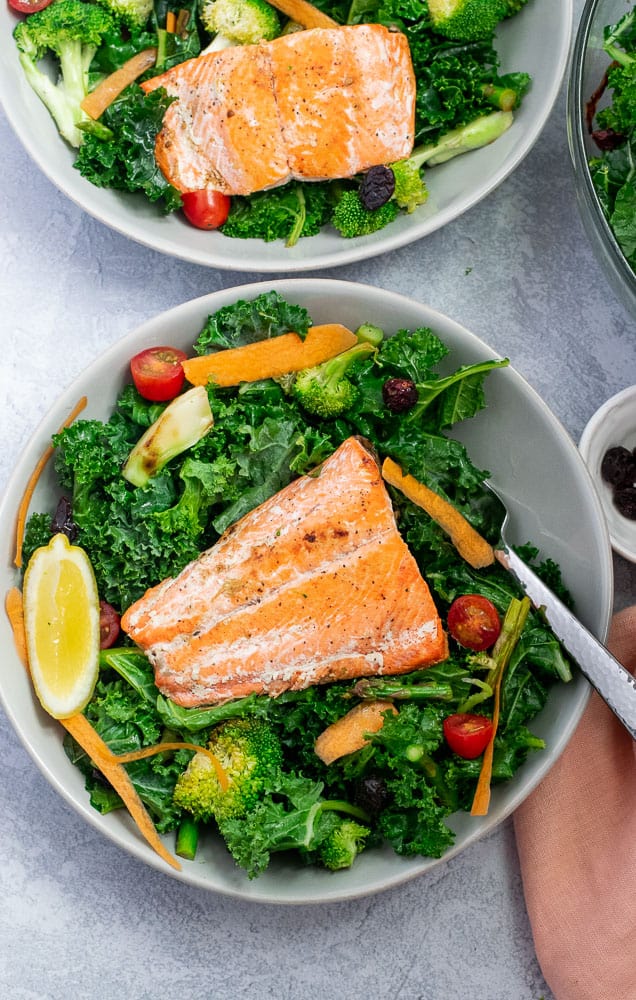
Kale and Broccoli Salad with Lemon Garlic Alaska Salmon
This kale and broccoli salad blends the sweet flavors of cranberries, tartness of lemon and savory flavors of vegetables, topped with fresh wild Alaskan sockeye salmon and a honey lemon dressing.
Ingredients
Kale Salad
- 2 6-ounce salmon filets
- salt and pepper
- 1 Tbsp olive oil
- 1 clove garlic
- 2 tsp lemon juice
- 1 bunch of kale or kale salad mix
- 1/2 bunch asparagus, chopped
- 2 cups broccoli florets, chopped
- 1 lemon
- 1/3 cup dried cranberries
- 1/3 cup grape tomatoes, halved
Lemon Honey Dressing
- 3 Tbsp apple cider vinegar
- 3 Tbsp olive oil
- Juice from 2 lemons
- 1 Tbsp honey
- 1/2 tsp salt
Instructions
- Season your salmon with salt and pepper.
- Add olive oil to a pan over medium high to high heat. Once hot, add salmon filets. Cook for about 3 minutes, skin side down. Flip the filets and cook for an additional 1-2 minutes.
- Remove filets from pan when done and put them on a plate. Add garlic clove and lemon juice to pan and stir. Add salmon filets back in and mix, letting them soak up the juice.
- Turn off heat and place salmon filets aside.
- Add broccoli and asparagus to medium pan and sautee with olive oil over medium high heat. While broccoli and asparagus are cooking, prepare the kale salad.
- Remove stems, wash and massage your kale leaves. Dry them, and place in a bowl. Add olive oil, juice from 1 lemon and sea salt. Peel carrots and add to salad.
- Once broccoli and asparagus are done, add them to salad bowl. Add salmon filets in, and garnish with dried cranberries and grape tomatoes.
- Top with additional carrot peels, if desired.
- To make the lemon dressing, whisk ingredients in small bowl or shake them in a jar. Adjust to taste. Serve dressing along with salad.
Recommended Products
As an Amazon Associate and member of other affiliate programs, I earn from qualifying purchases.
Nutrition Information:
Yield:
4Serving Size:
1Amount Per Serving: Calories: 513Total Fat: 30gSaturated Fat: 5gTrans Fat: 0gUnsaturated Fat: 24gCholesterol: 54mgSodium: 545mgCarbohydrates: 41gFiber: 7gSugar: 26gProtein: 24g
Make This?
Tag @BucketListTummy on social media and Rate the Recipe
What’s your favorite way to prepare salmon?
Support Bucket List Tummy




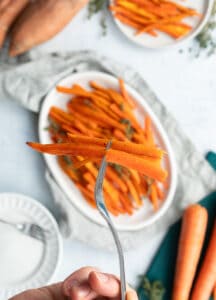


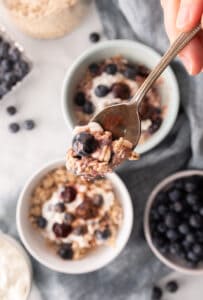





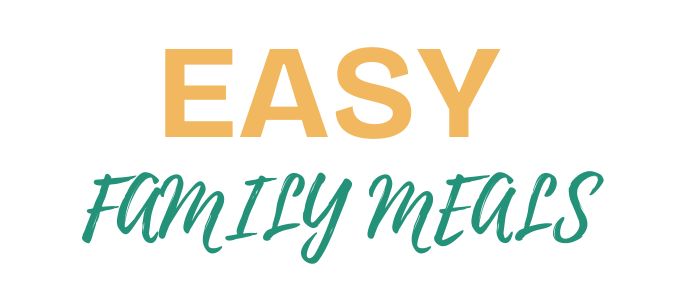
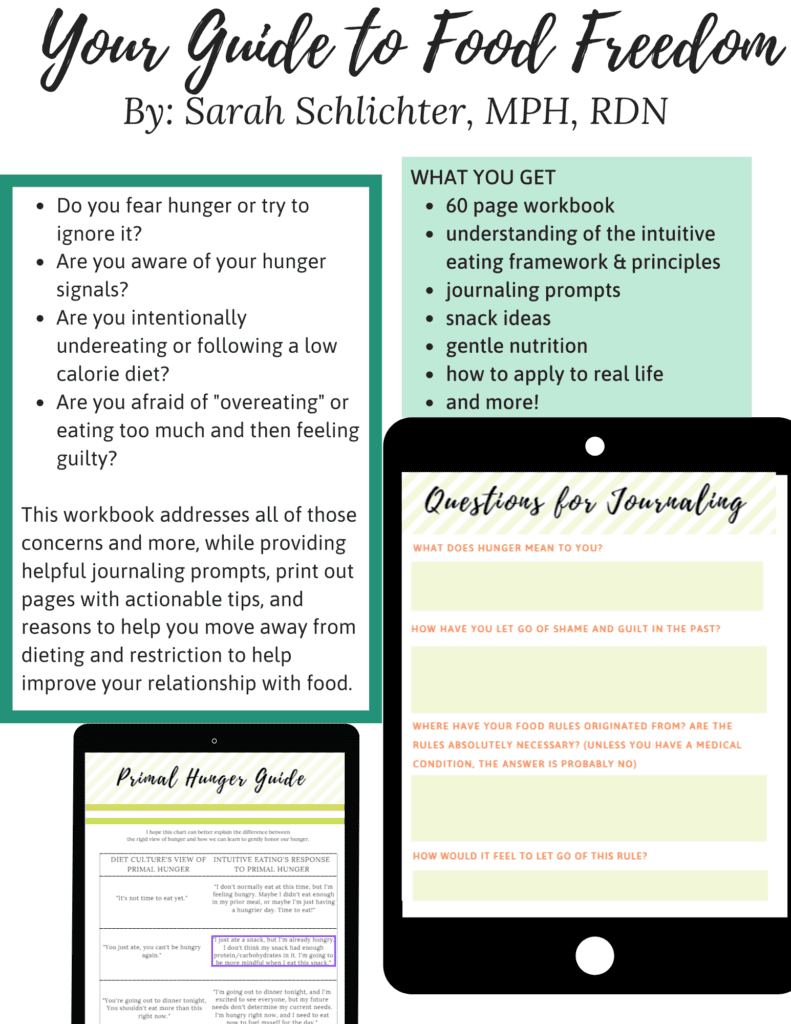

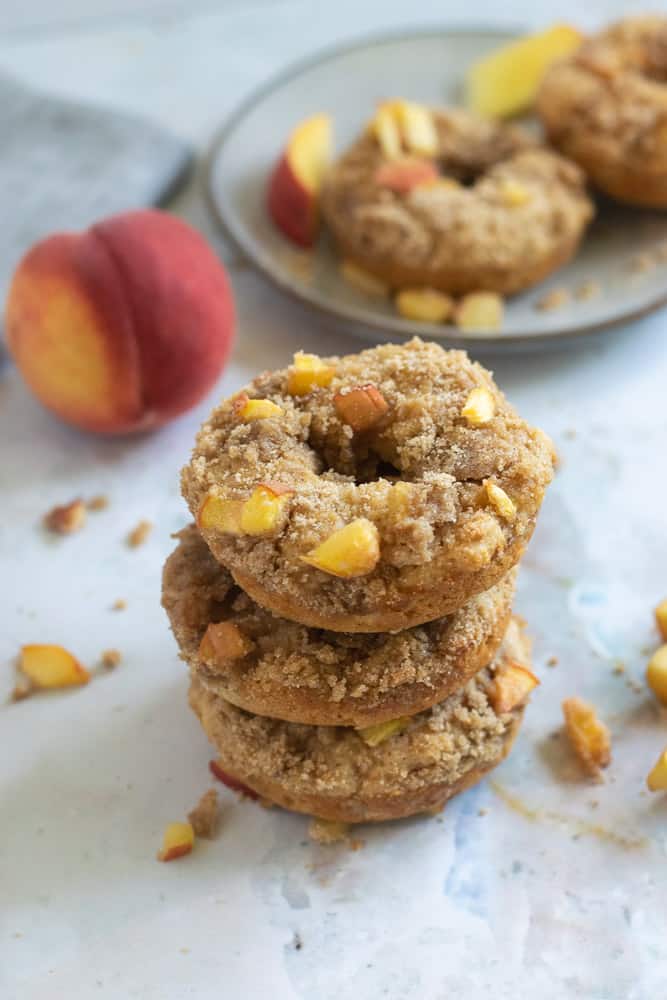

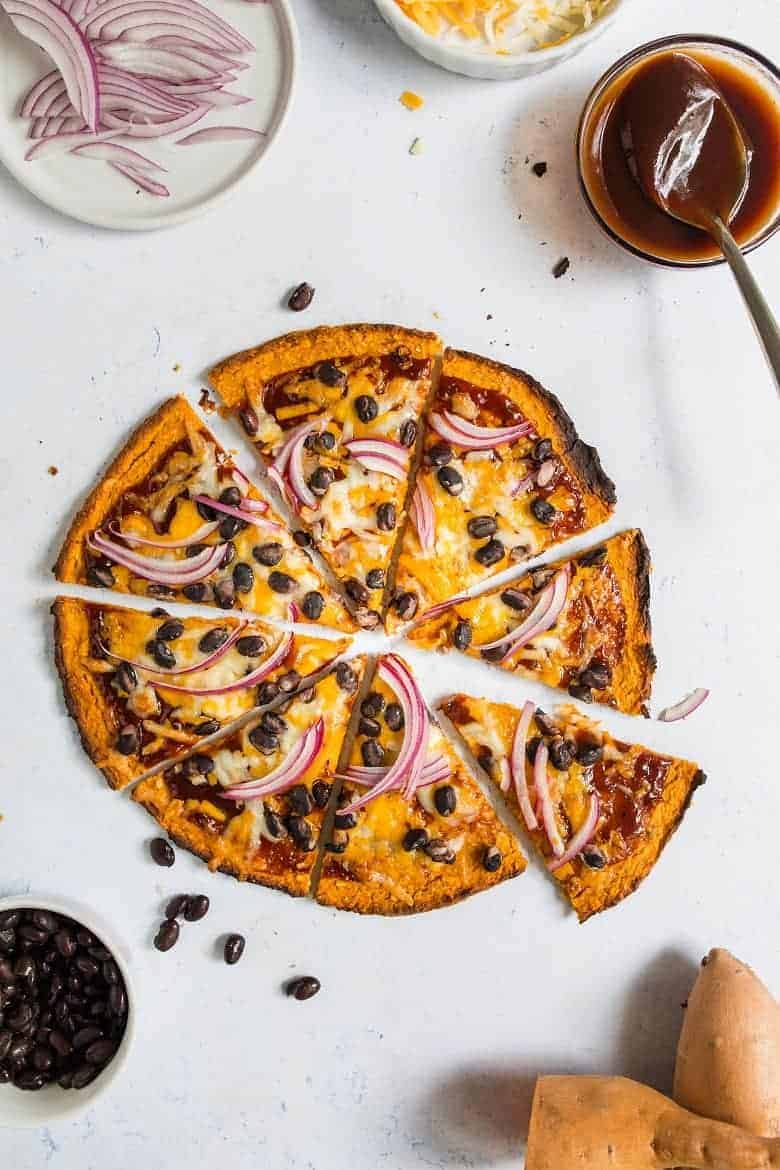
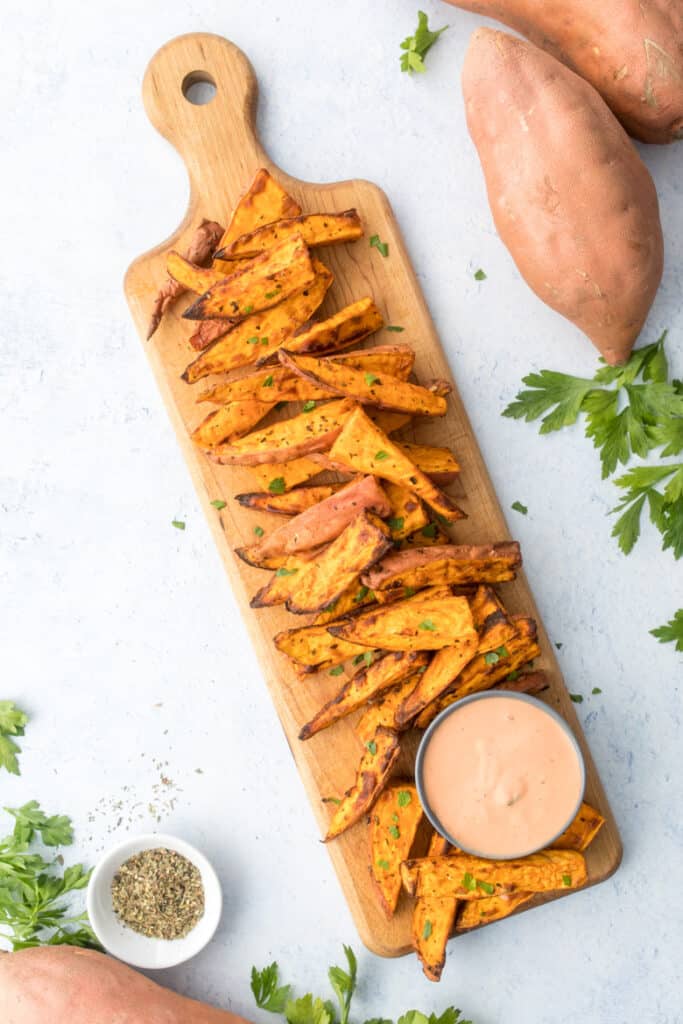

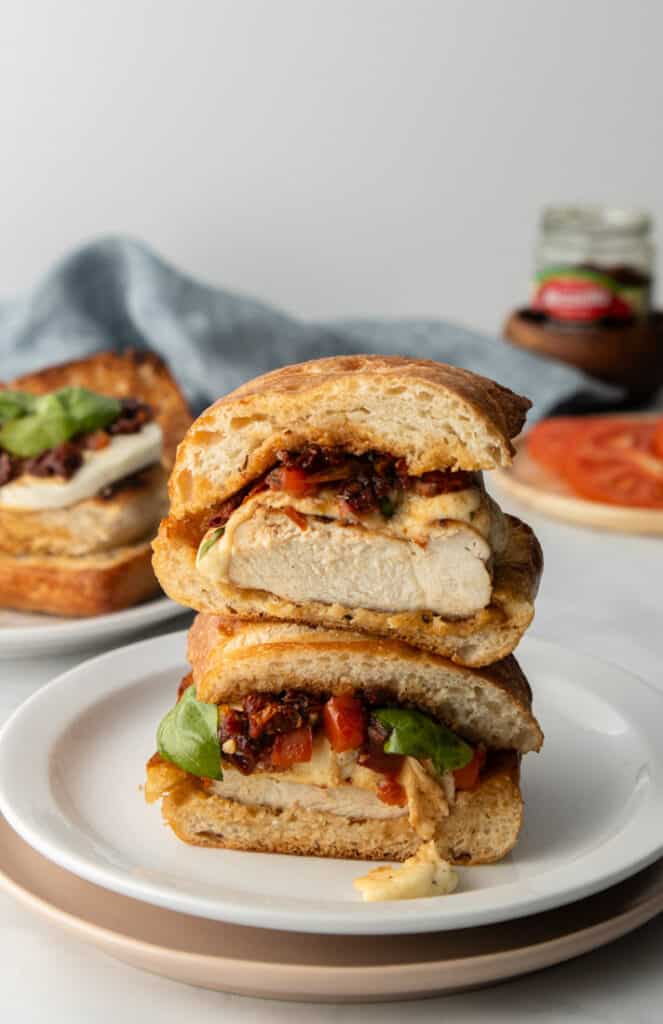
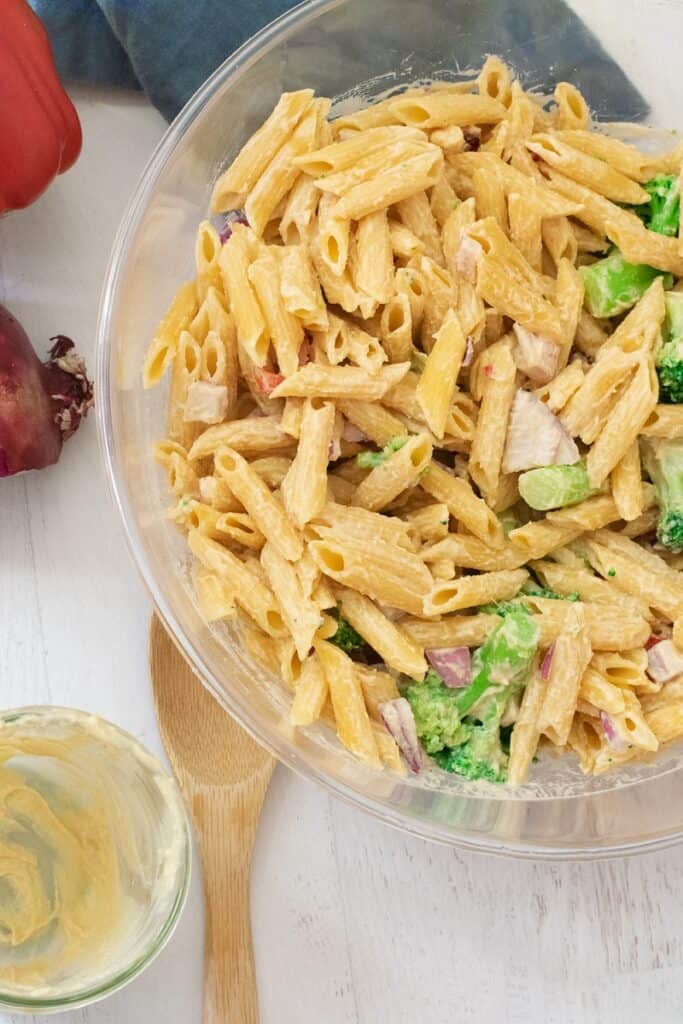
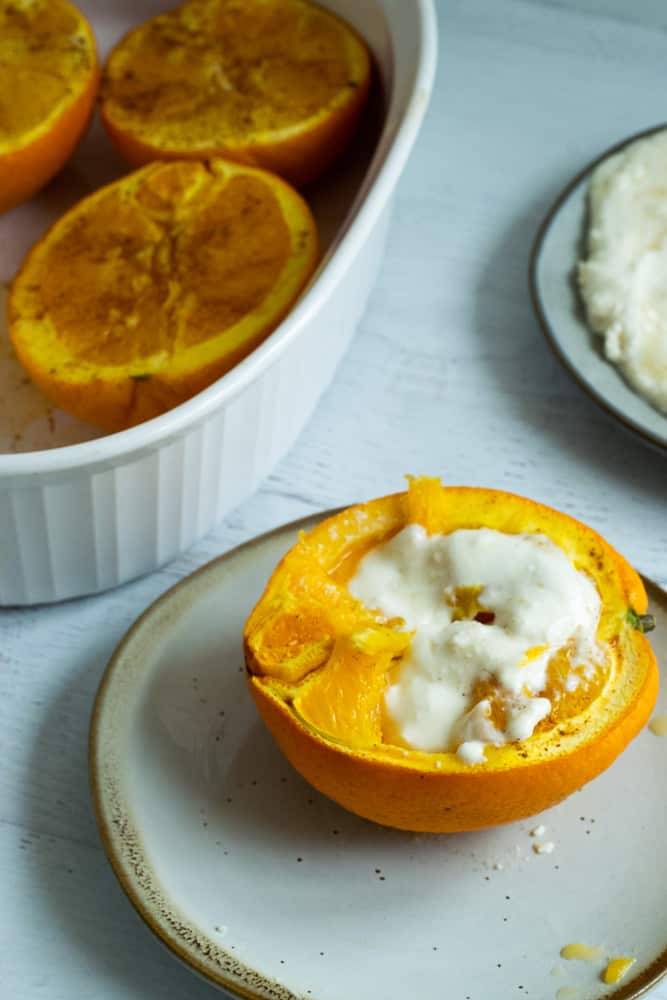
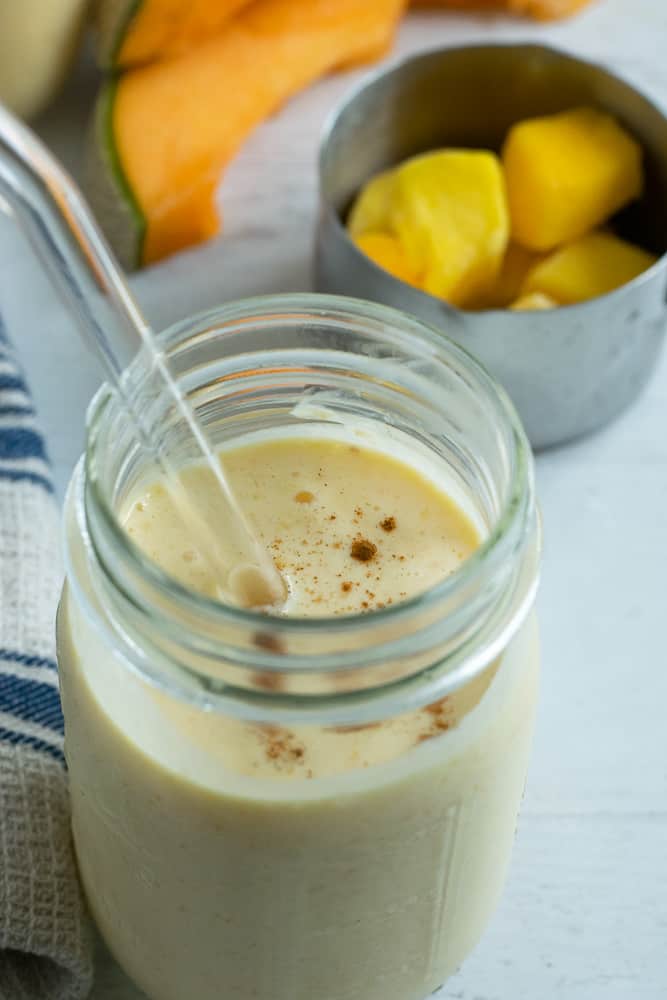
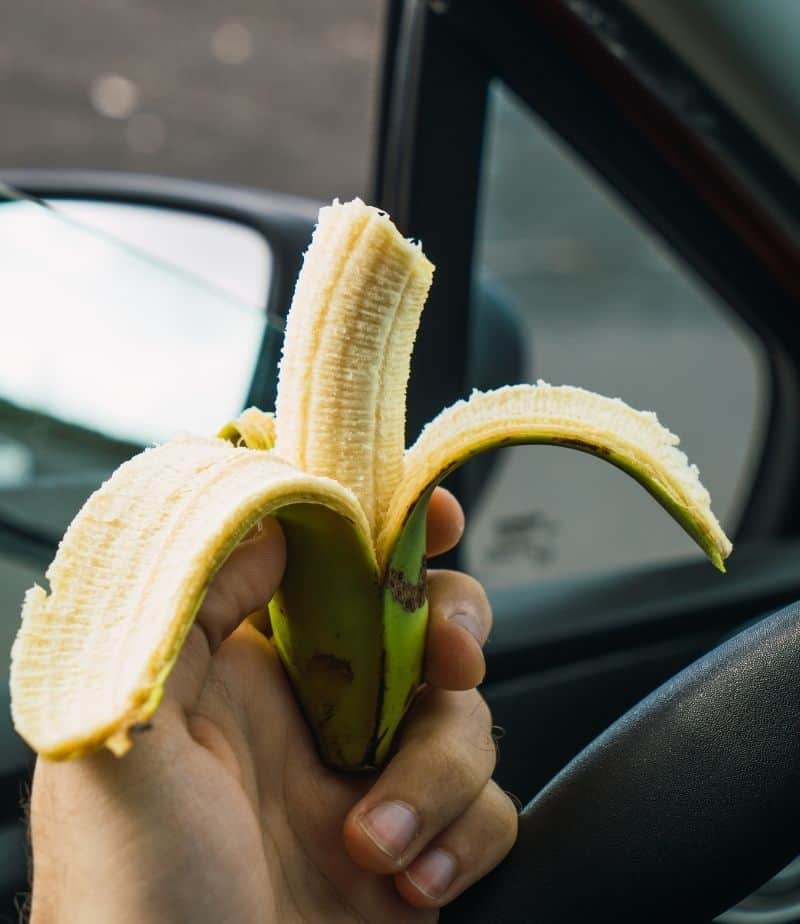
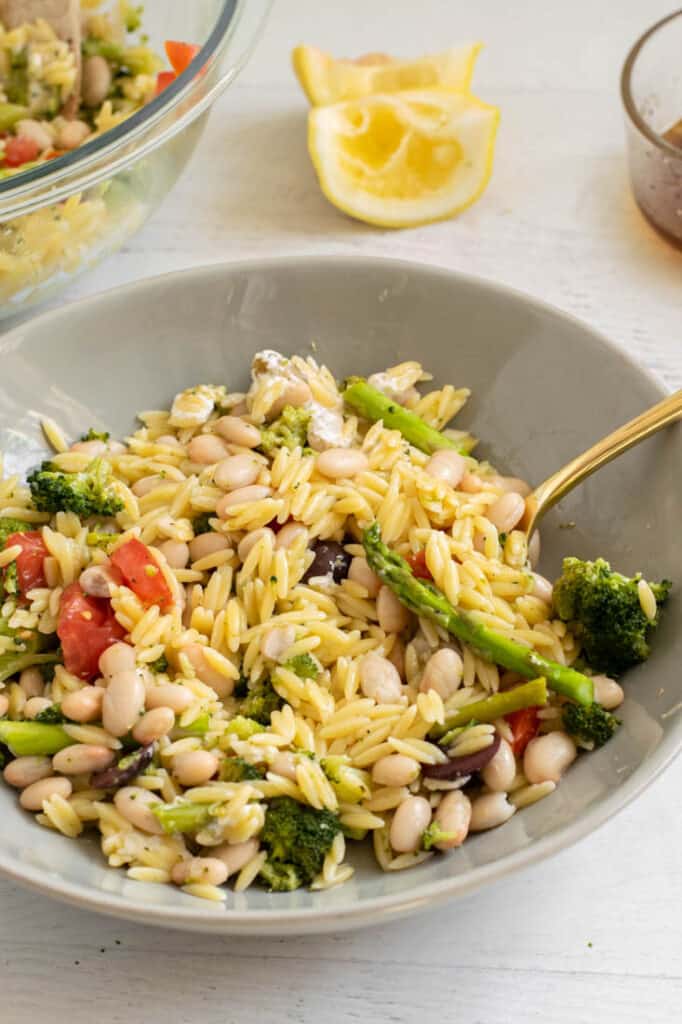
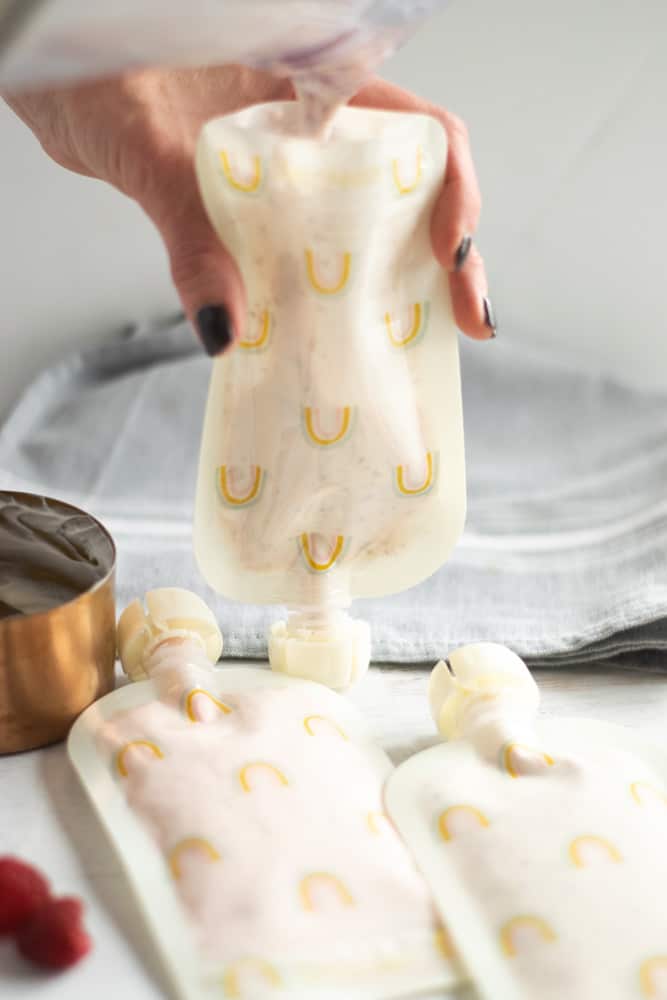
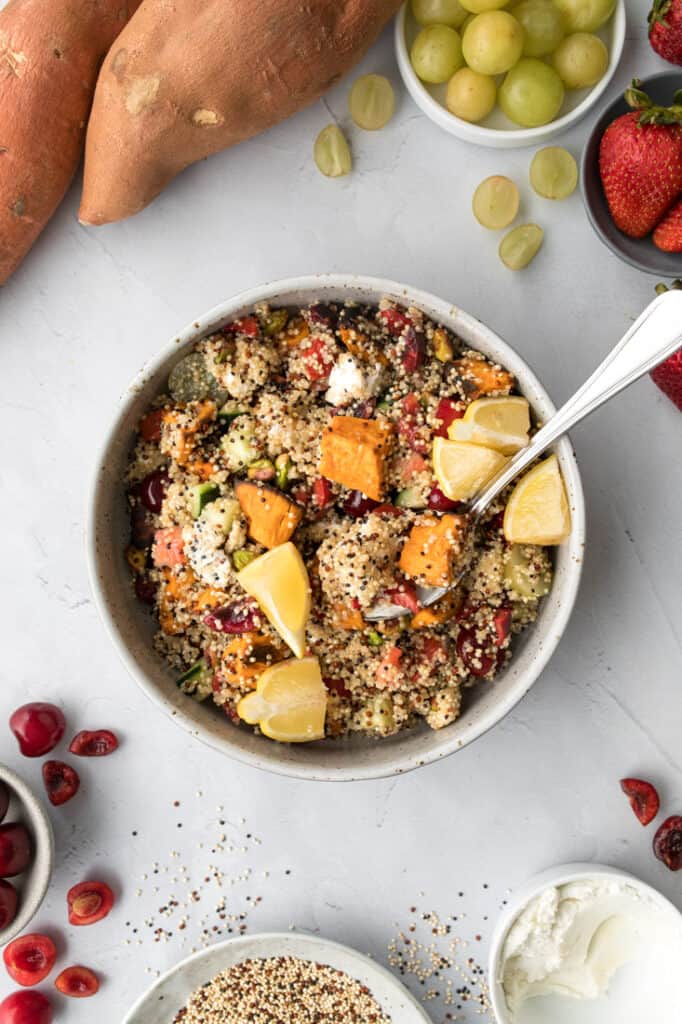

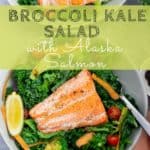
Like This Content?
Support Bucket List TummyWhat a great healthy looking salad! I love simple and hearty salads for summer. Looks tasty
Thank you! Refreshing summer salads are a big hit over here, too!